I think the bee on the left is a young one. Quite often, the young ones are much more golden in color. But what about the blackish bee? She was fanning her wings with some of the guard bees at the entrance, perfectly at home, and was fully accepted as belonging to the hive.
Chronic Bee Paralysis Virus (C.B.P.V.)
In my search about the black bee, I came across this article and learned that some black bees can mean a virus.
"Honey bees that appear black, hairless, and shiny may be infected with Chronic Bee Paralysis Virus also known as Hairless Black Syndrome. The symptoms of this virus appear only in adult bees and include the loss of body hair, trembling, and the inability to fly.
Affected bees are often described as “greasy” in appearance and are frequently seen near the hive entrance or clinging to blades of grass in the immediate vicinity of the hive. Their paralyzed wings are often held at an unusual angle that resembles the letter “K.”
Because the healthy workers in a colony will quickly get rid of the infected bees, Chronic Bee Paralysis Virus rarely takes out a whole colony and is considered only a “minor” honey bee disease. However, if you find large numbers of such bees, the colony can be fortified by supplementing the population with brood from another colony. Usually, an infected hive will recover on its own.
Because some research has shown that susceptibility to the disease may have a genetic component, re-queening a hive may be necessary to prevent future outbreaks.
In my own experience, I have seen these symptoms only twice. Both times I found three or four distinctly greasy-looking bees walking around on the top bars with their wings splayed out. I removed these individuals and never noticed any further evidence of disease.
Don’t panic if you see symptoms of the disease, but stay alert. If the incidence of infected bees seems to increase, consider re-queening. As with most viral diseases, there is no cure for CBPV."
Rusty (source)
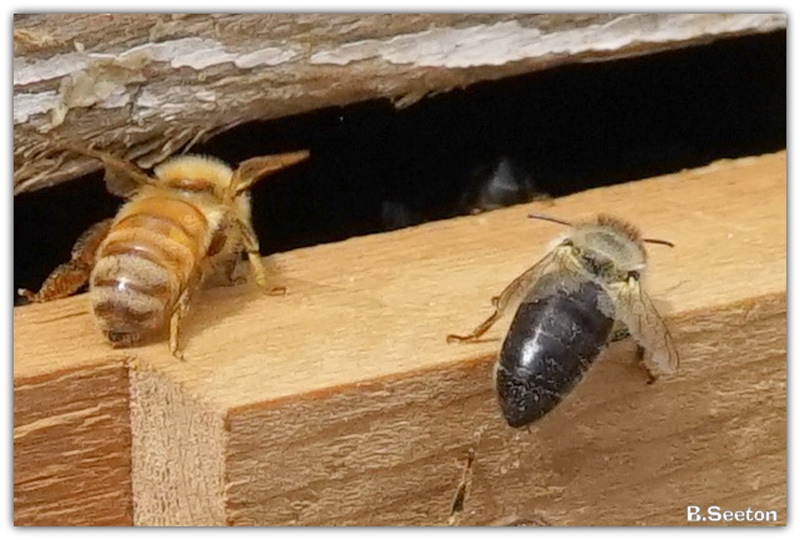
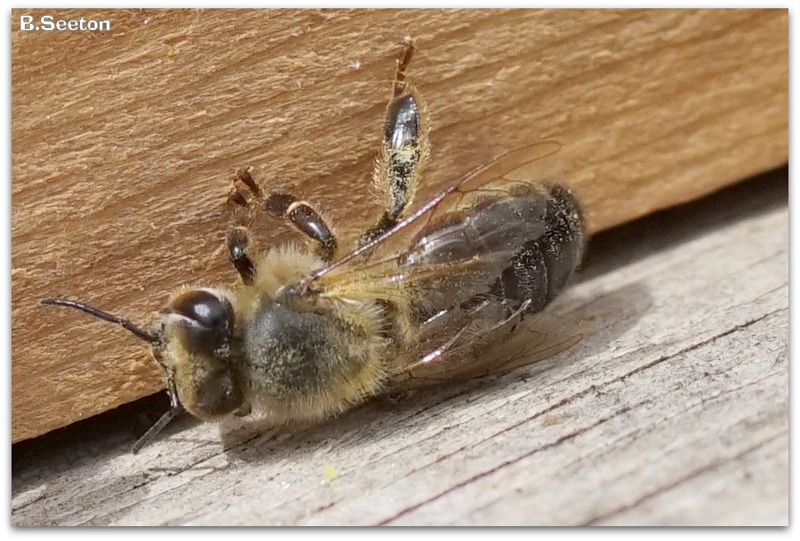
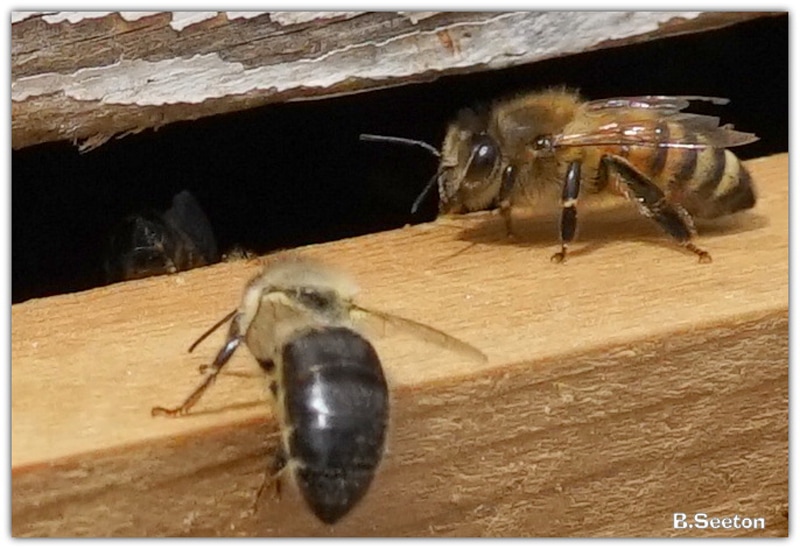

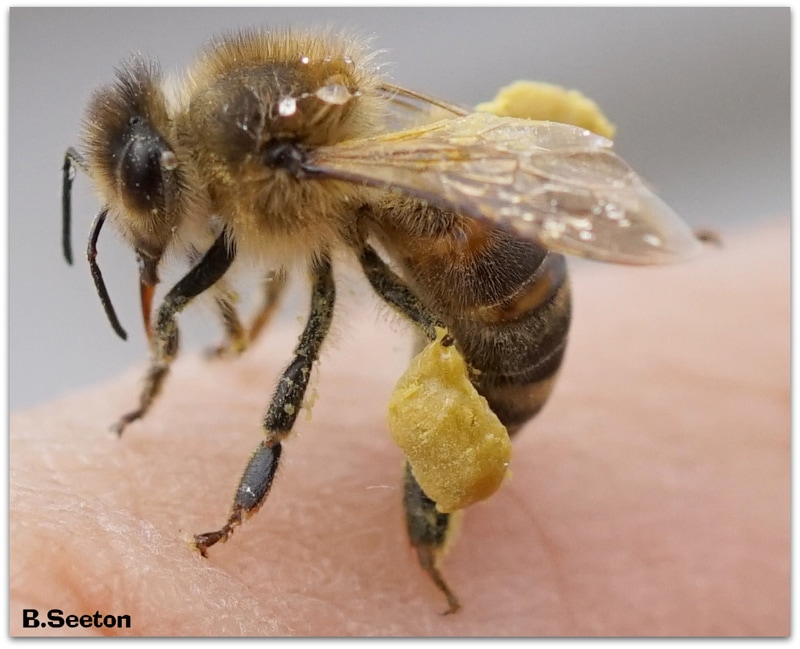
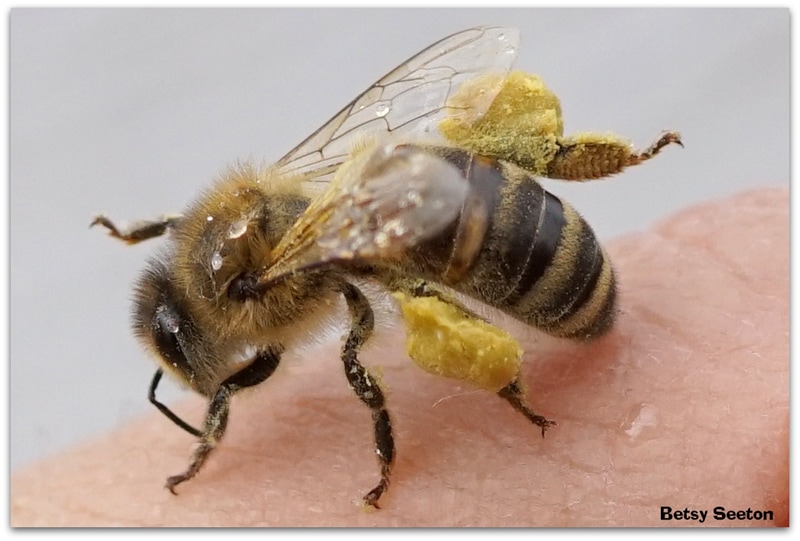
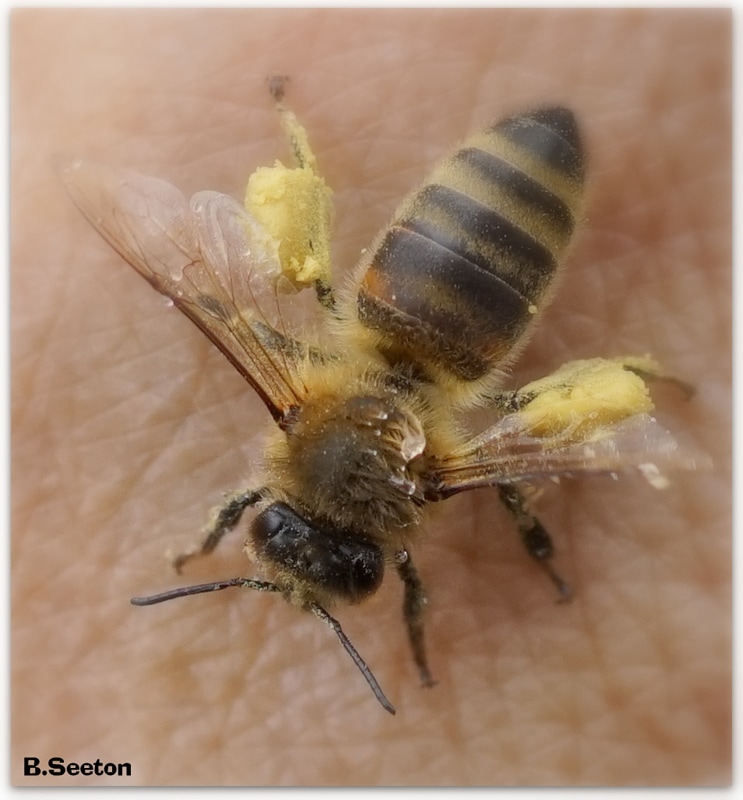
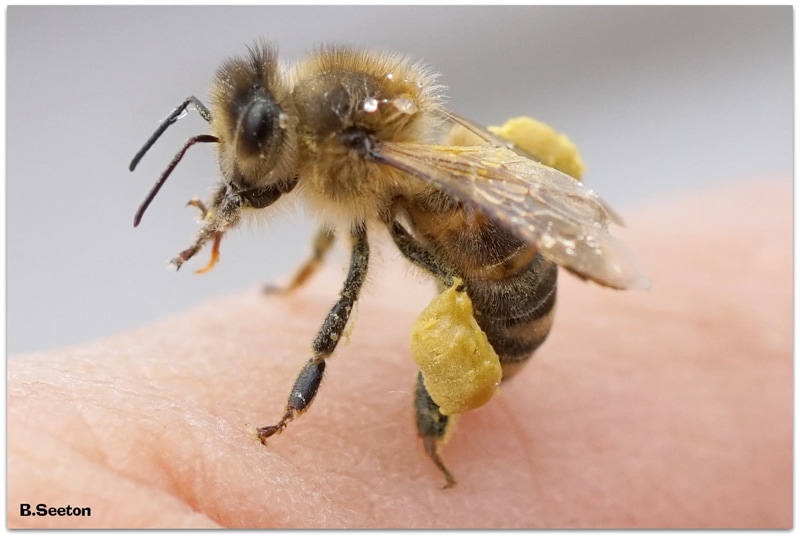
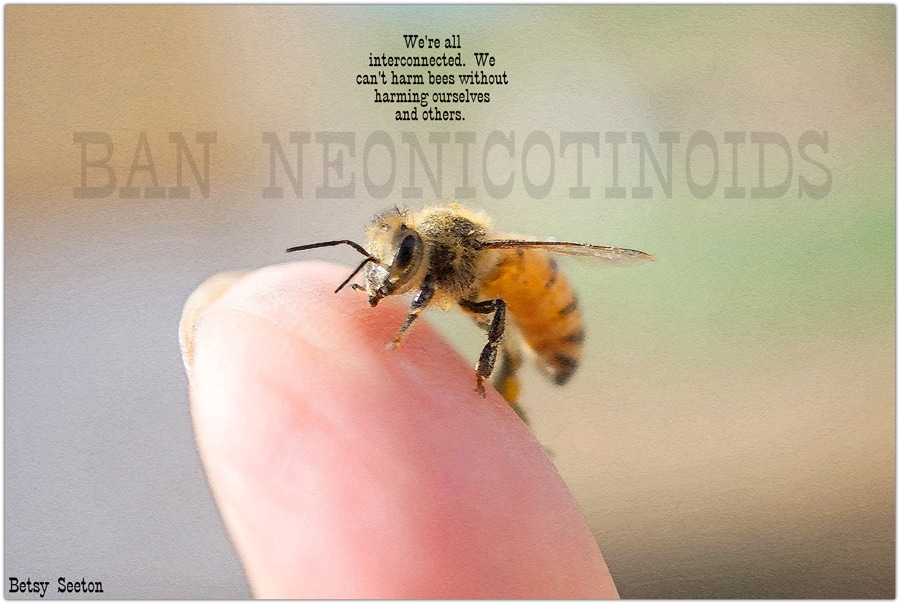
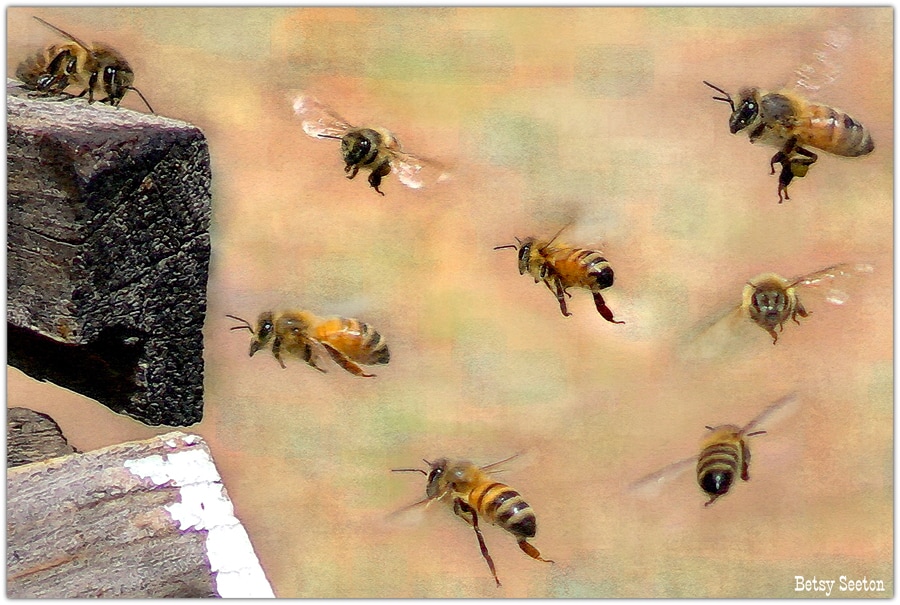
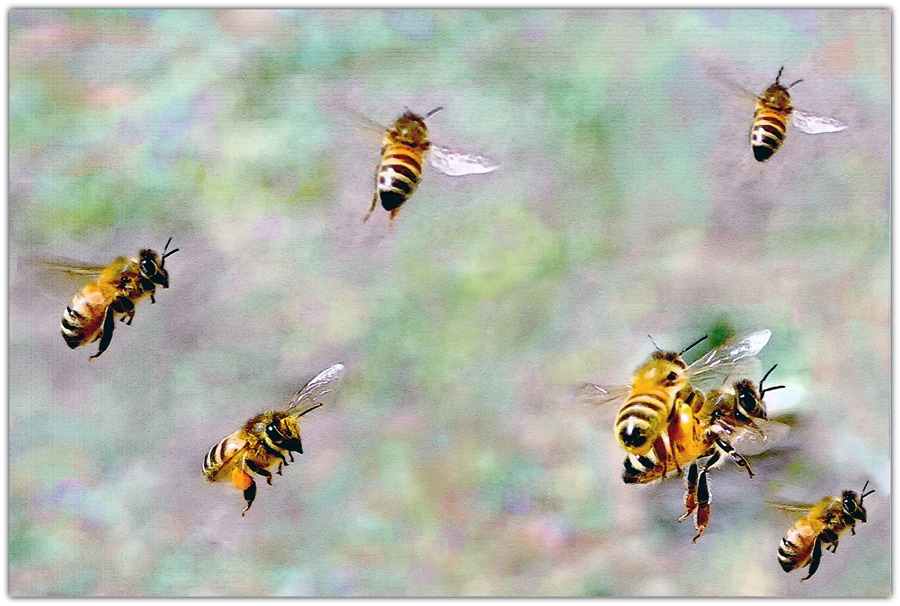
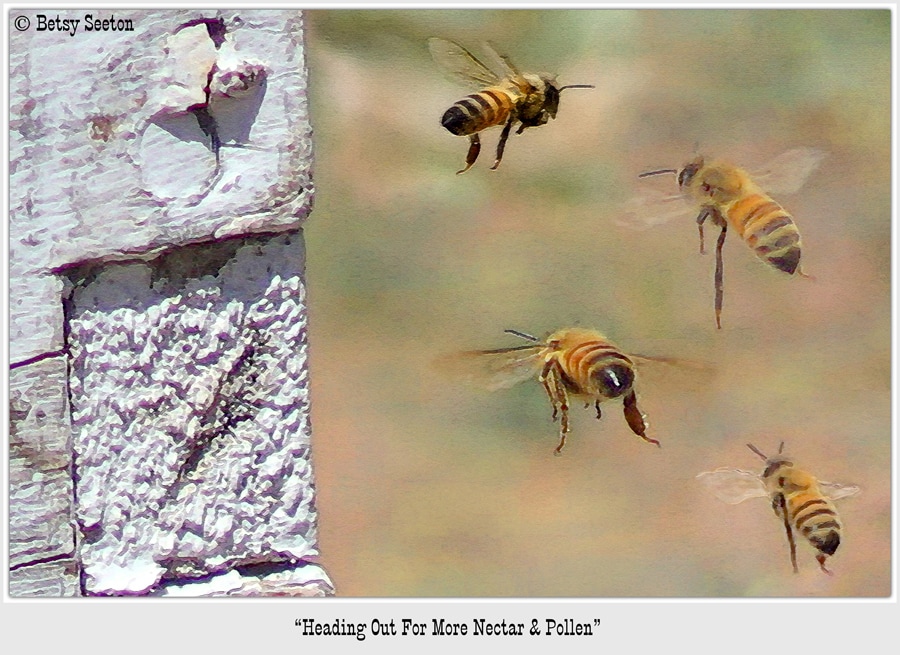
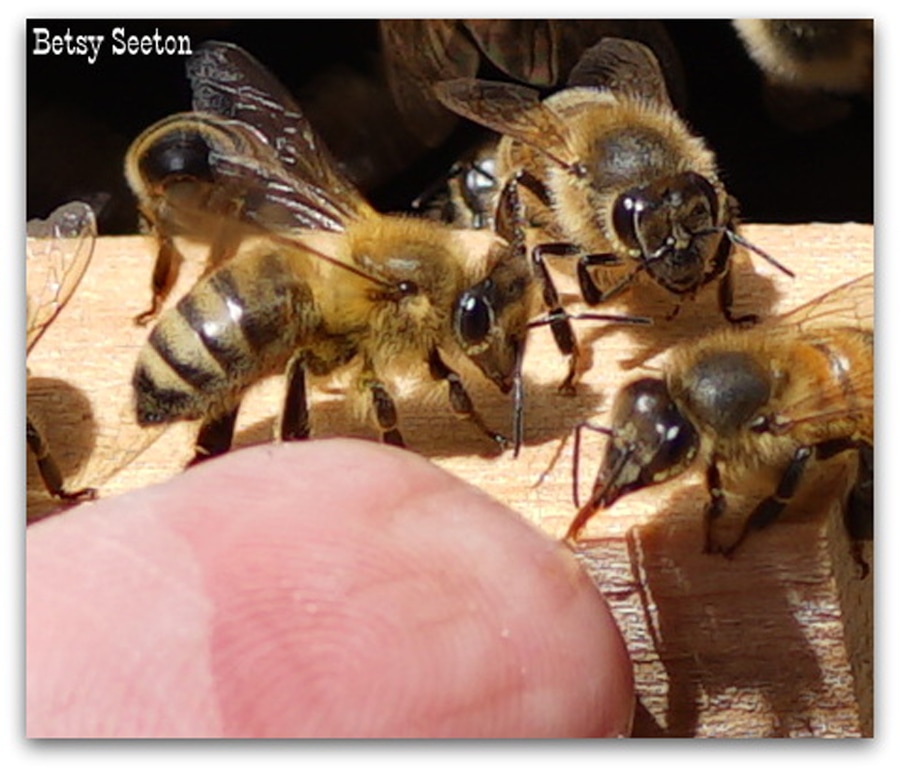
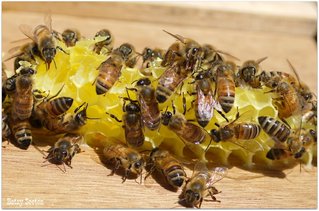
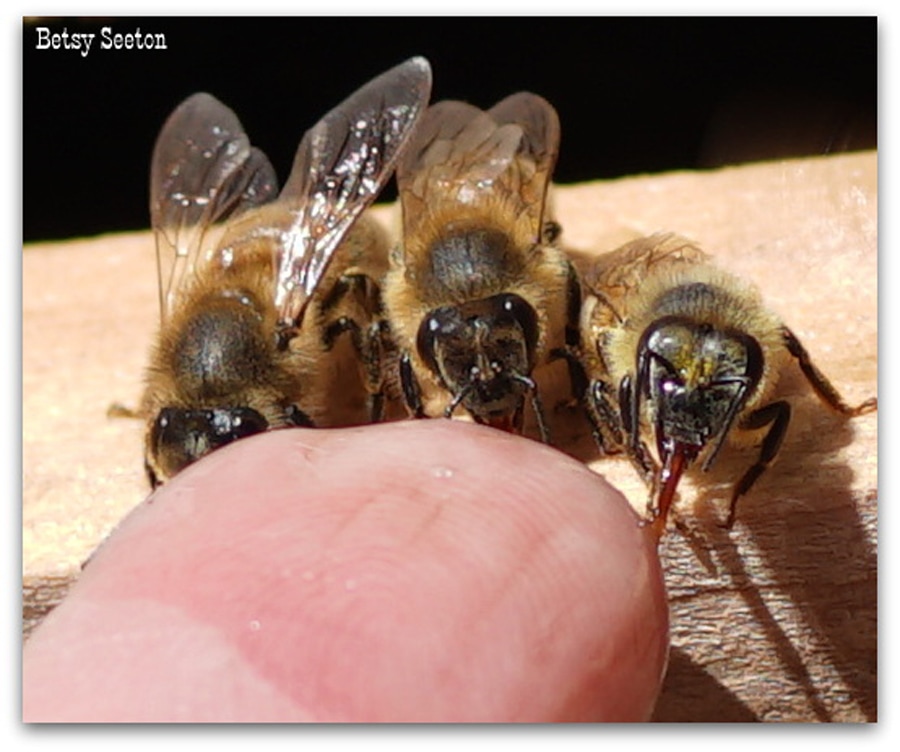
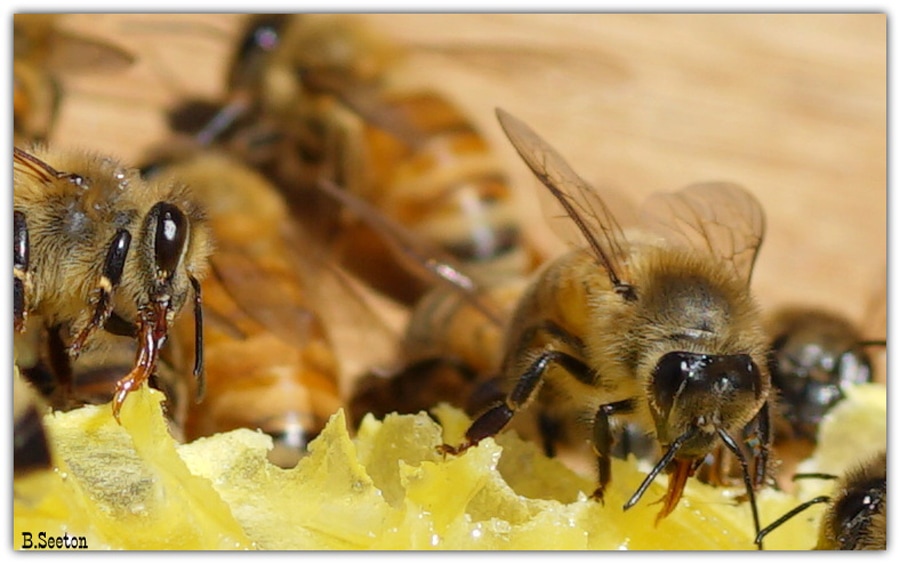
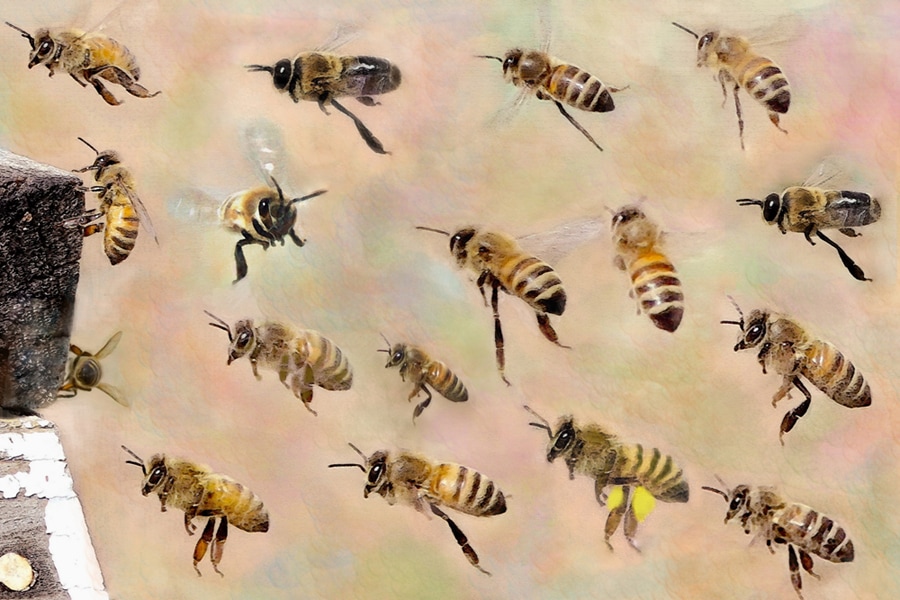
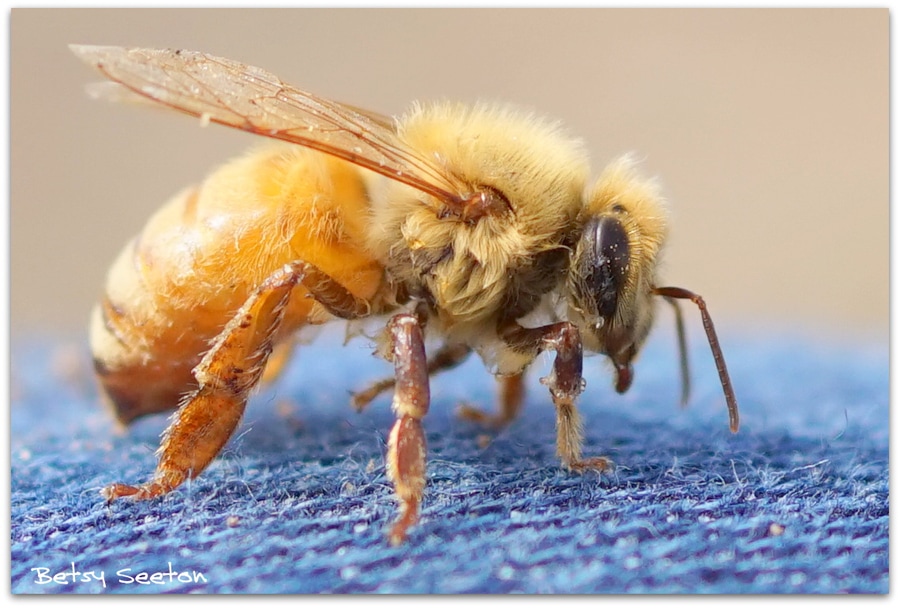
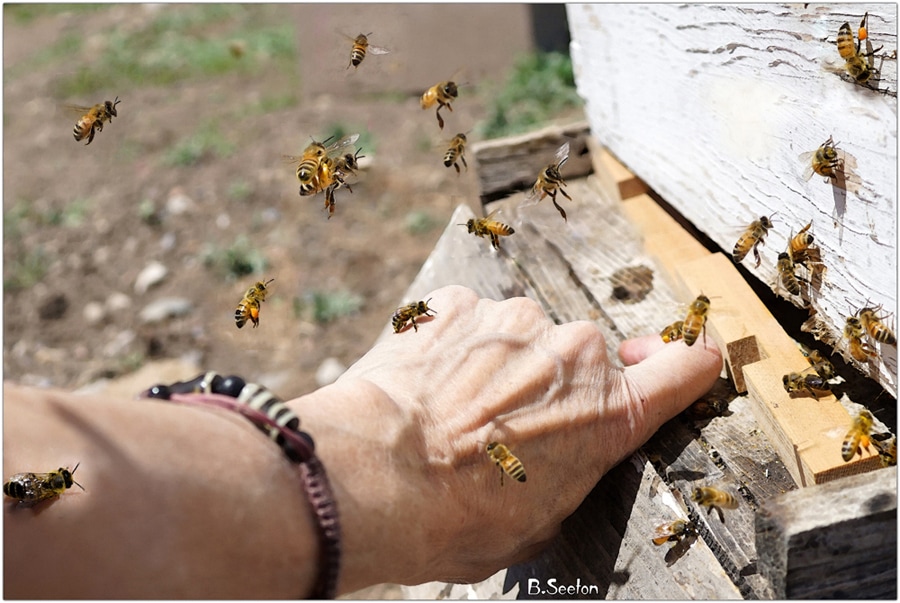
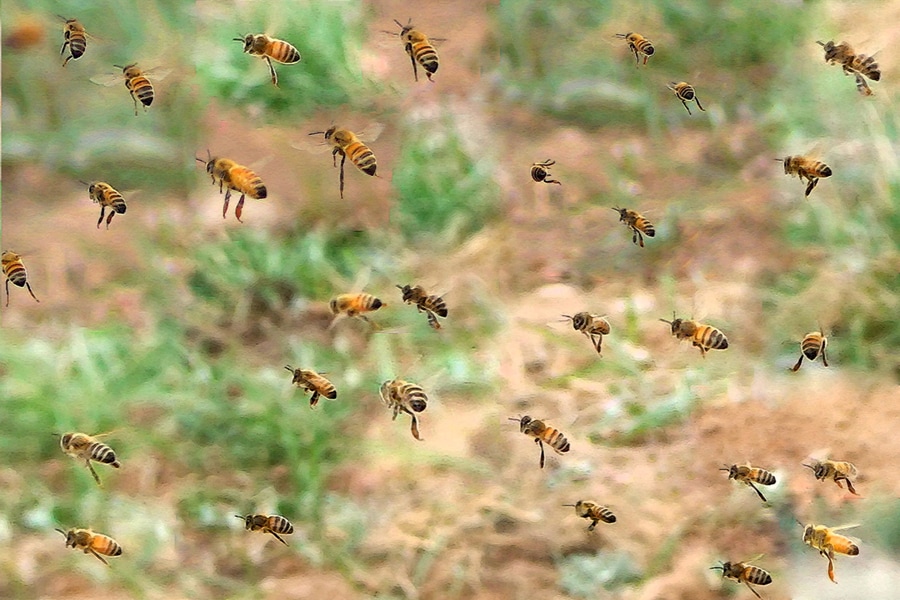
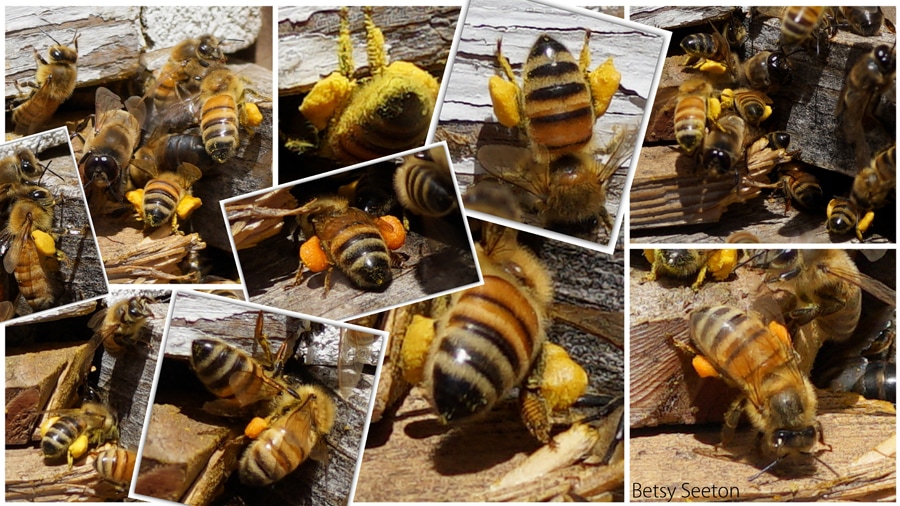
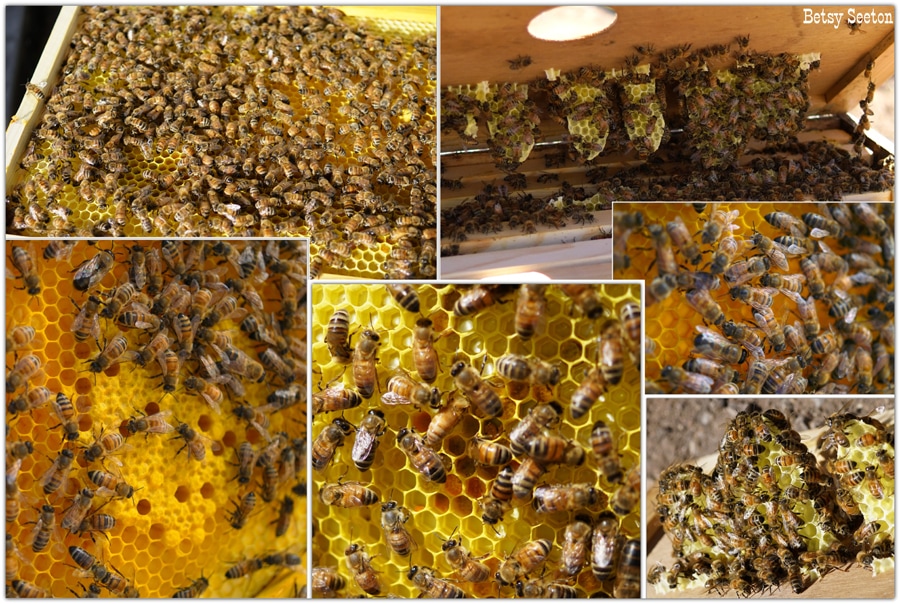
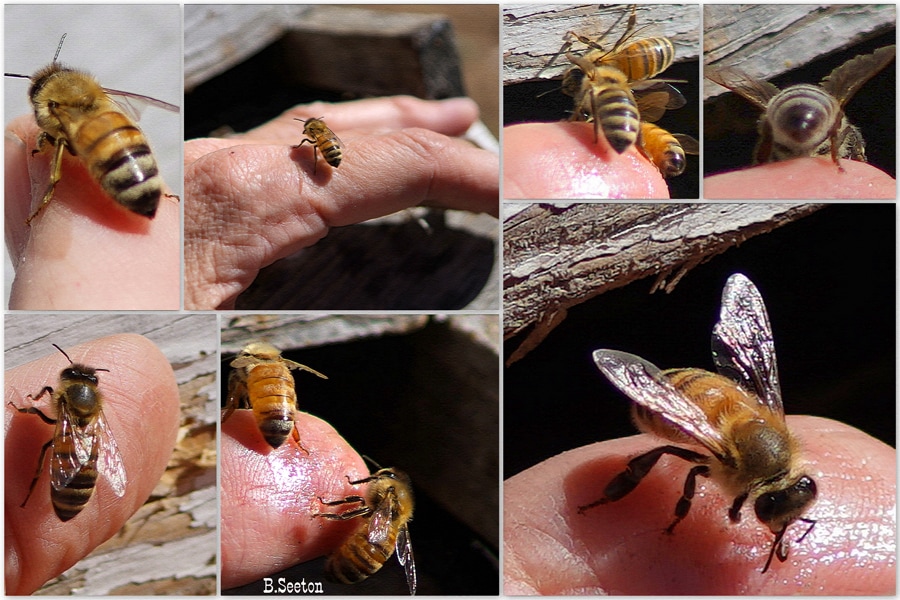
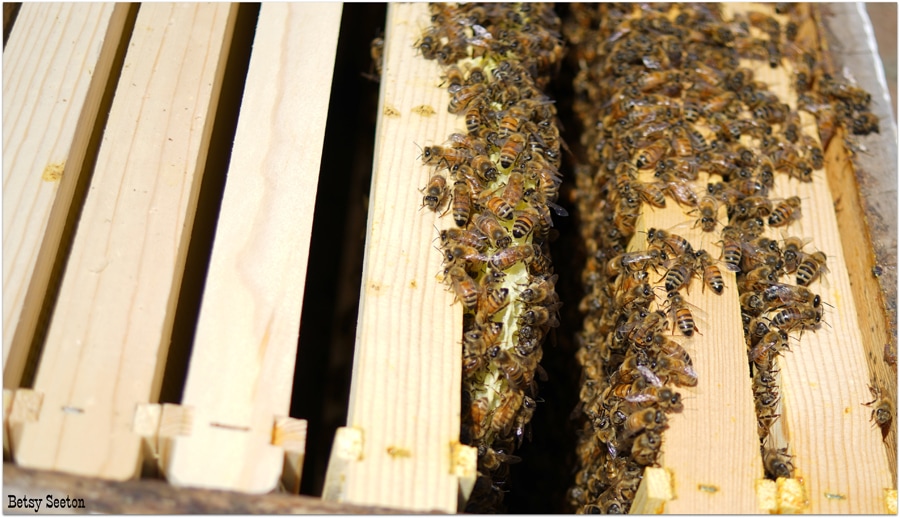
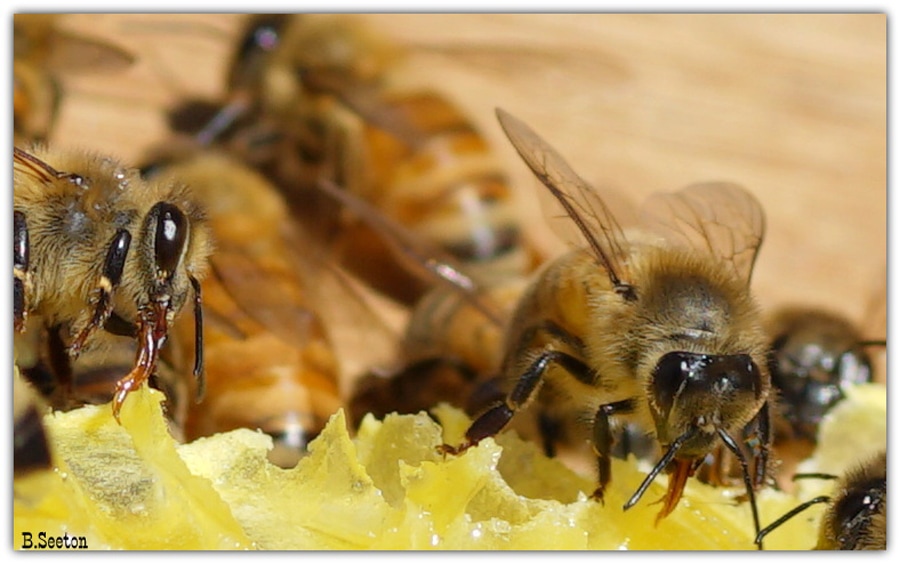
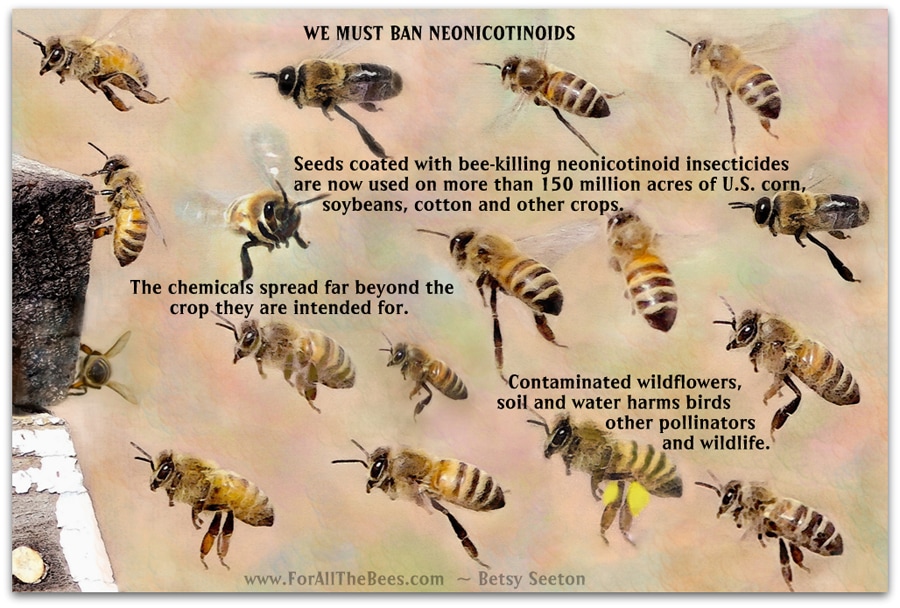
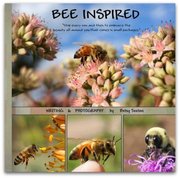
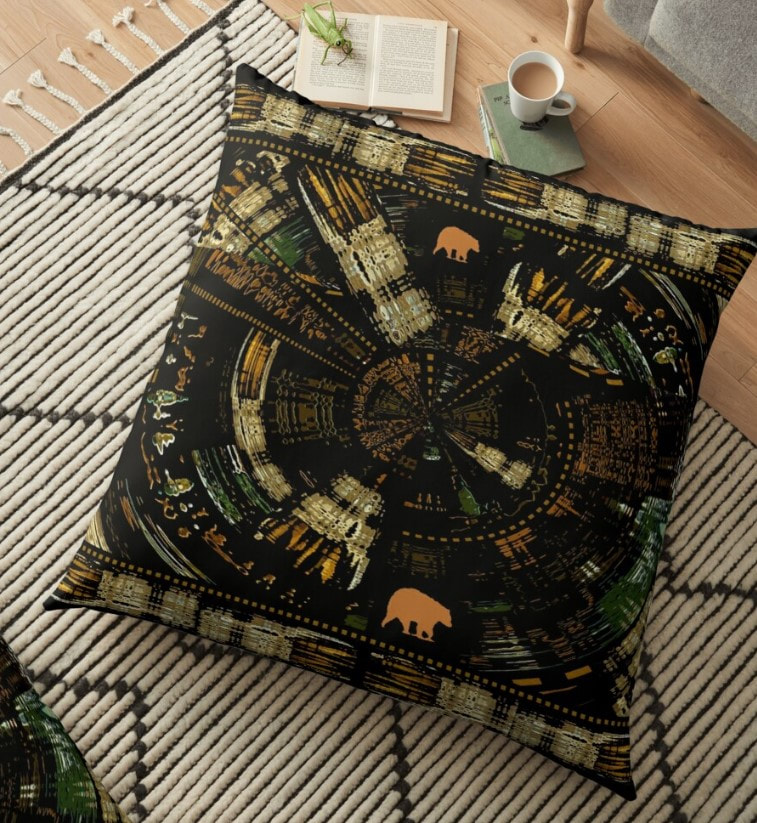
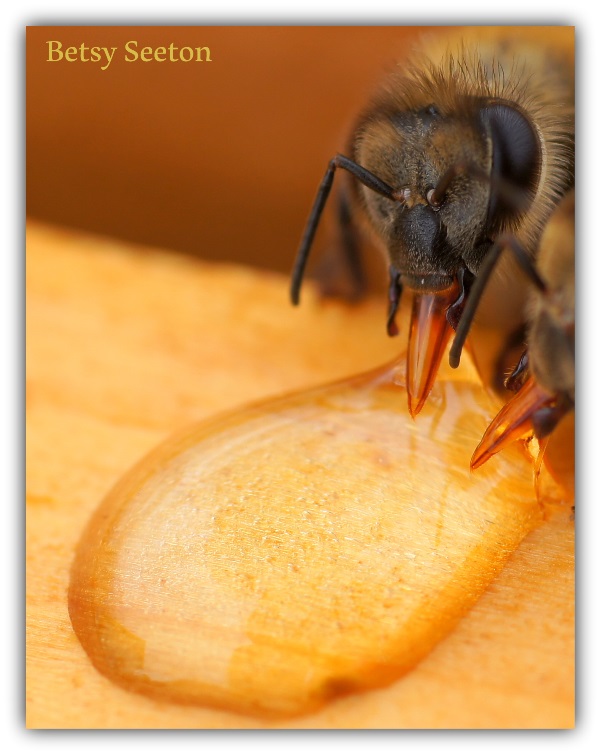
 RSS Feed
RSS Feed
